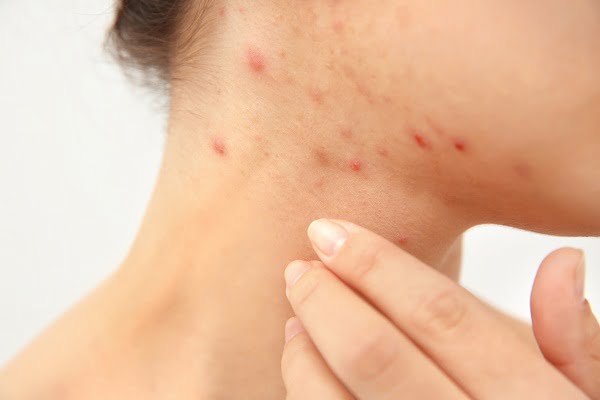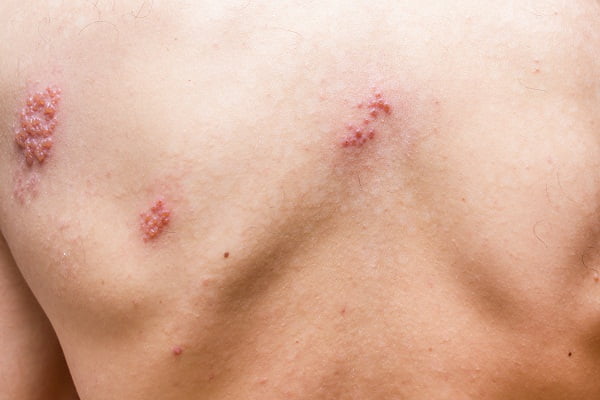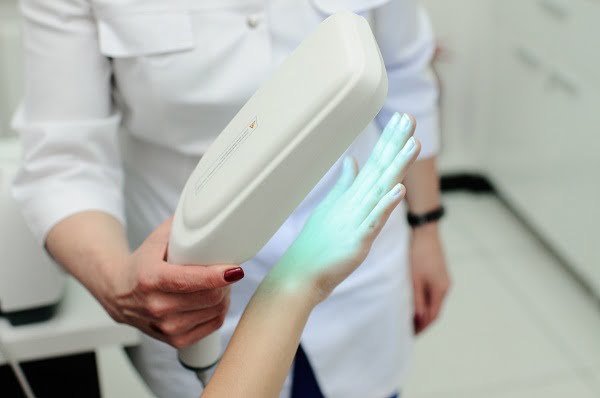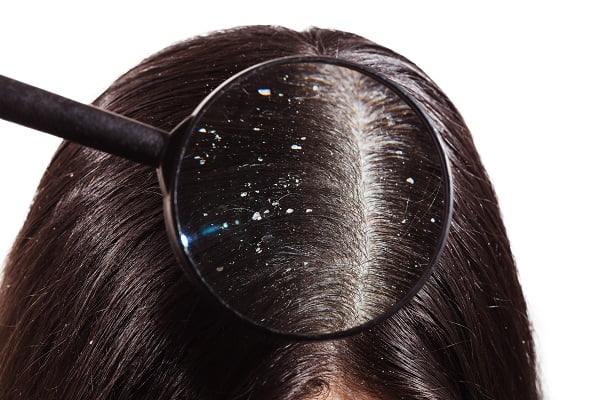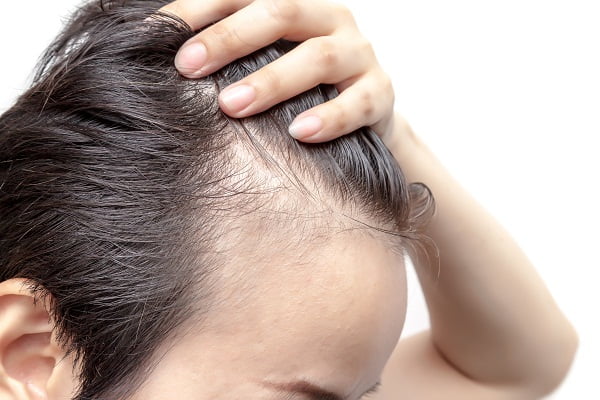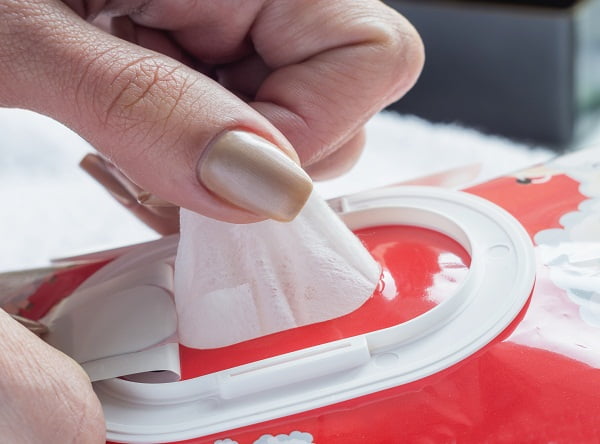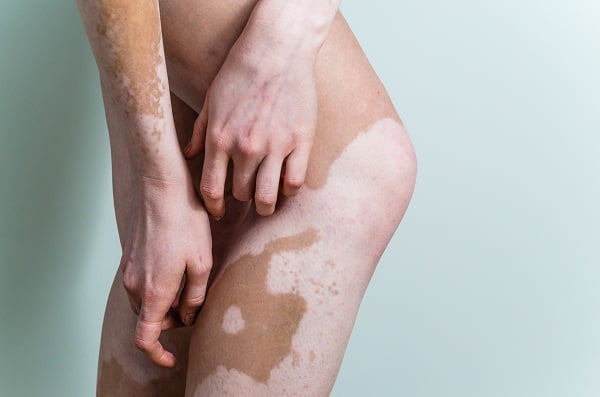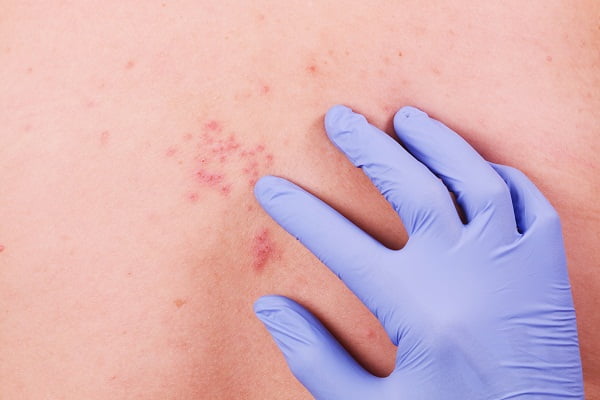Browsing: Hair and Skin

The page provides quick access to a list of common hair and skin diseases, syndromes, health conditions, and other topics of health importance about your skin and hair. The list is organized alphabetically. Links are provided to respective diseases sections that serve as a comprehensive and ultimate guide about the disease or health condition.
Skin and hair are the outer most protective layer of our body. It protects our body from foreign particles and infections and contains various glands. The skin has the ability to renew itself in every 28 days. The changes which appear on the skin may sometimes indicate overall health of an individual.
Skin and Hair diseases come under the category of dermatology, which is defined as the branch of medicine which deals with diseases related to hair, skin and nails. Skin and hair diseases are treated by a dermatologist, which includes both medical and surgical treatment options.
Presently, skin and hair diseases have shown a widespread occurrence. According to the American Academy of Dermatology, 84.5 million Americans have been affected with skin and hair diseases. These diseases can affect people of any age group, but high incidences are observed in people above the age of 65.
Some common skin disease includes dermatosis, non-melanoma cancer, eczema, melanoma and shingles. Some prevalent hair diseases include androgenetic alopecia, cosmetic hair damage, discoid lupus erythematosus, lichen planopilaris and dandruff.
Know About Scabies
Scabies is one the most common yet neglected dermatological conditions in the world. It is a highly contagious parasitic skin infestation caused by a mite called Sarcoptes scabiei var hominis. This mite, barely visible to naked eye, burrows into the epidermis (upper layer of the skin) where it lives and lay eggs.
Shingles is also known as herpes zoster. It is an infection of a nerve and the skin around this nerve. It is caused by a virus called varicella-zoster, which also causes chickenpox. According to an estimate, around one in every four people will have at least one episode of shingles during their life.
Several treatments are available for vitiligo. The main purpose of treatment is to restore the lost color of the skin. The treatment recommended by the doctor for a particular individual will depend on the person’s overall health, age, and location of the patches on the body. Few people prefer to avoid any treatment.
Top Natural Treatments for Scabies: What Can You Do to Get Rid of Scabies at Home
Rosemary is a herb which can be used to treat scabies effectively. Rosemary has anti-inflammatory and anti-microbial properties. It protects the affected area from secondary infection. They also help relieve the pain and the itchy sensations. Read this article to know more about natural treatments for scabies that have no side effects.
There is no cure for shingles. If you follow a proper treatment plan, the symptoms can be relieved and the duration of shingles and its complications can be reduced. Prescription antiviral drugs can improve healing process and reduce the risk of complications due to shingles.
Understanding About Dandruff
Dandruff is a very common and chronic but harmless scalp condition which causes excess flaking and shedding of top layer of the skin on your scalp. This top layer of the skin consists of dead cells. It is normal to shed off this layer because body continuously produces new cells to replace dead and old cells.
Dry Flaky Scalp: Is it Dandruff? Causes, Symptoms, and Treatment
Dandruff and flaky scalp are two different things, though they usually have the same common symptom – flakes that fall off the hair and an itchy scalp. You develop dry scalp when your skin has too little moisture (dehydration). The skin on the scalp becomes irritated and causes flakes to fall off the head.
After your doctor diagnoses that you have eczema, he will use anti-inflammatory medications to give you relief from itching. Steroid creams and antihistamine medications are usually recommended. Alternate treatment options may be tried such as light therapy, coal tar, etc. Immunotherapy generally does not help in eczema.
Vitiligo is a self-generated disorder generally caused by autoimmune conditions, hormonal changes, acute emotional trauma, and recurrent episodes of jaundice or typhoid fever, prolonged antibiotic treatments or corticosteroid therapies. Your dermatologist will perform a physical exam of the affected areas on the skin such as those exposed to the sun.
Generally, shingles can be diagnosed with a physical examination of rashes and blisters. Your doctor will ask questions about your medical history. Sometimes, he may ask you for a sample of blood or skin from fluid-filled blisters. He will take the sample on a swab and the sample is tested in a lab.




